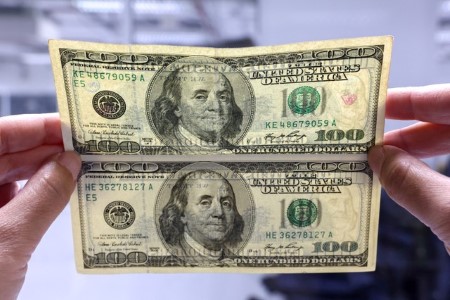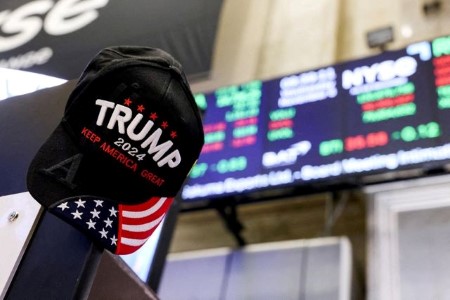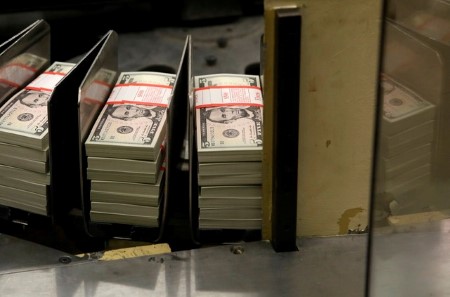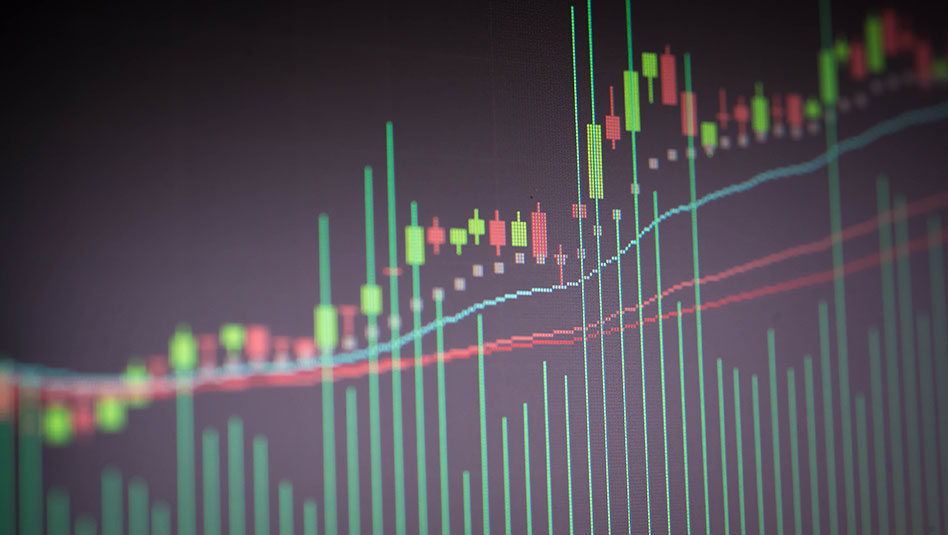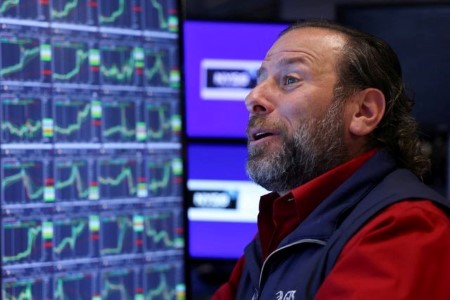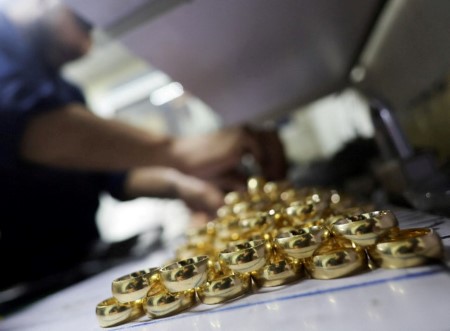NEW YORK – US Treasury yields were mixed on Wednesday, with those on the shorter end of the curve falling, after data showed no major surprises on inflation in the world’s largest economy, coming in largely in line with forecasts and suggesting the Federal Reserve is on track to cut interest rates as expected next month.
The US two-year yield, which reflects interest rate expectations, was down 6.9 basis points at 4.275%.
Yields on the long end of the curve, however, led by the benchmark 10-year note, rose on the back of heavy corporate bond issues on Wednesday, market participants said. That followed around USD 30 billion in offerings on Tuesday.
Wall Street dealers typically looked to lock in borrowing costs for corporate bonds they are underwriting. As part of that process, a dealer sells Treasuries, pushing their yield higher, as a hedge to lock in the borrowing cost on the bond issue before the deal is completed. Once the bond is sold, the dealer buys Treasuries to exit the “rate lock.”
The 10-year yield edged up 1.6 basis bps to 4.449% while US 30-year yields advanced 6.3 bps to 4.6329%.
Shorter-dated Treasury yields, meanwhile, dropped after data showed the consumer price index rose 0.2% for a fourth straight month in October. In the 12 months through October, the CPI advanced 2.6% after climbing 2.4% in September. Economists polled by Reuters had forecast the CPI gaining 0.2% and increasing 2.6% year-on-year.
Excluding the volatile food and energy components, the CPI increased 0.3% in October, rising by the same margin for the third consecutive month. In the year through October, the so-called core CPI gained 3.3%, sporting the same rise in September.
The report also indicated that prices for shelter, transportation services, and used cars and trucks, key components tracked by investors, remained elevated, though they have shown meaningful improvement.
“The report overall is not out of the realm of what the Fed would consider roughly on a path toward its inflationary target. Again, while we are only talking about a modest number of basis points, in these sectors the rate of change (of improvement) has clearly decelerated,” Rick Rieder, chief investment officer of Global Fixed Income at BlackRock, wrote in emailed comments.
“Markets always seem to react to the CPI data, and maybe with some more acute focus today, but we think a quick flipping of the calendar suggests that Core CPI and Core PCE (personal consumption expenditures) should allow the Fed to execute on one more rate cut at the next meeting and then interpret where the inflation trajectory is from here.”
FED RATE CUT INTACT
Federal funds futures, which measure the cost of unsecured overnight loans between banks, have priced in an 85% chance of a 25-bp rate cut at next month’s policy meeting after the CPI data, and a 15% probability that the Fed will pause easing, according to LSEG calculations. That probability was at 80% late on Tuesday.
For 2025, futures have implied 52 bps in rate reductions, compared with 45 bps in cuts in the previous session.
Treasury yields overall were on the upswing following the US presidential election with the victory of Donald Trump seen as ushering renewed inflation with lower taxes and higher tariffs.
The US yield curve steepened after the inflation data, with the gap between two-year and 10-year yields at 17.4 bps, compared with 8.4 bps late Tuesday. The gap narrowed as much as 3.4 bps immediately after the release of the data. The gap hit 19.5 bps on Nov. 6, a day after the election.
The steepening of the curve suggested that bond investors are pricing in continued easing by the Fed, at least for next month and until 2025, with the short end of the yield curve under control with the cuts.
Post-CPI data, the US break-even inflation rate on five-year US Treasury Inflation-Protected Securities (TIPS) slipped to 2.413%, from 2.433% on Tuesday. It had surged more than 50 bps since Sept. 10, when it was at a four-year low.
The five-year breakeven suggested that US inflation will average roughly 2.41% over the next five years.
(Reporting by Gertrude Chavez-Dreyfuss; Additional reporting by Chuck Mikolajczak; Editing by Andrew Cawthorne and Jonathan Oatis)







 DOWNLOAD
DOWNLOAD




